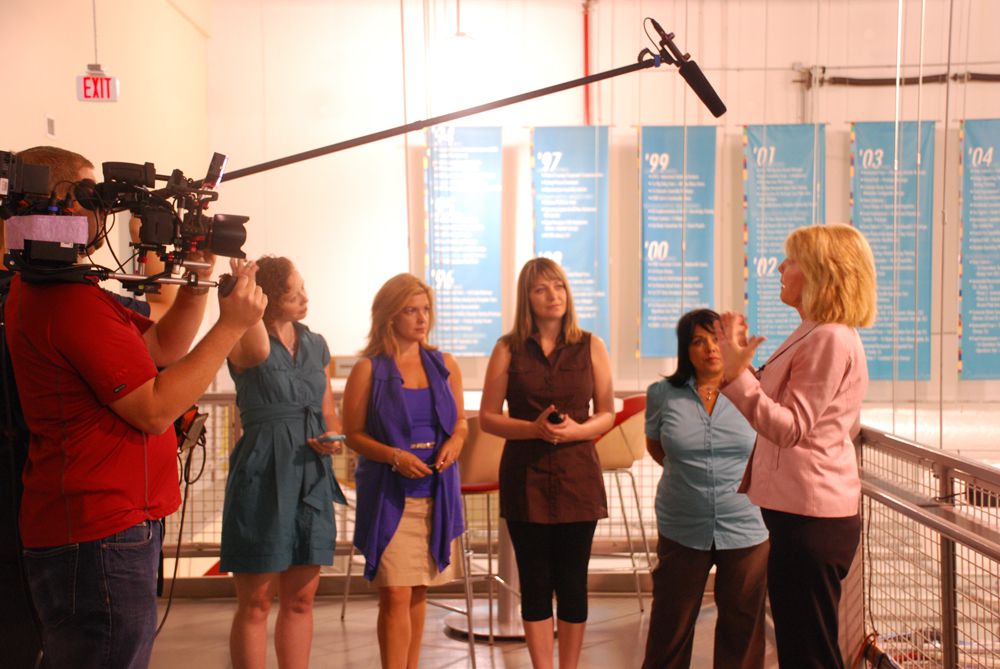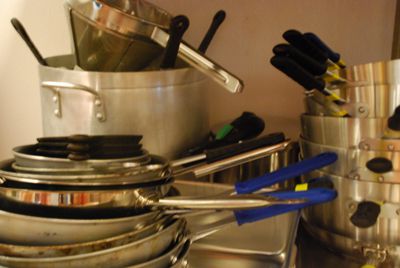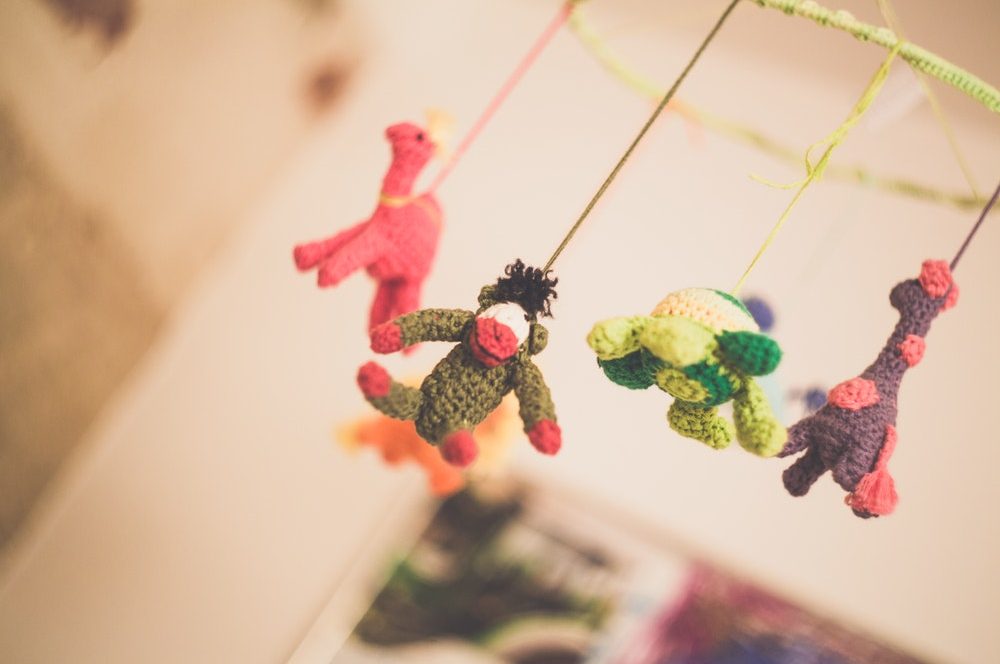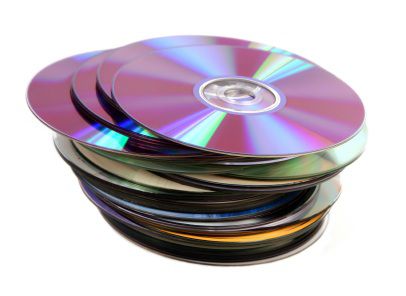 As promised, UrbanMommies has been taking each and every one of your questions to the appropriate people at McDonald’s. (So keep tweeting, facebooking and emailing us). We will hold off on specific chicken, beef and potato-related questions until we see the various farms and plants. Even though I look like a dolt asking some of the queries (you’ll figure out which….) I still pipe up, and seem to provide the McDonald’s staff with either amusement or horror that some rumours still exist. Here are the first few answers…
As promised, UrbanMommies has been taking each and every one of your questions to the appropriate people at McDonald’s. (So keep tweeting, facebooking and emailing us). We will hold off on specific chicken, beef and potato-related questions until we see the various farms and plants. Even though I look like a dolt asking some of the queries (you’ll figure out which….) I still pipe up, and seem to provide the McDonald’s staff with either amusement or horror that some rumours still exist. Here are the first few answers…
1. Q: Does McDonald’s cook their fries with beef products?
A: In Canada they stopped using beef tallow 5 years ago. Now the fries are 100% animal fat free. In the US there are still traces of a flavour derived from animal fat in a quick par fry process before they are frozen. This is why the US can’t declare them totally animal free.
2. Q: How much sugar is in the buns and French fries to make them so yummy (and addictive!)?
A: There is no sugar at all in the fries, though at some times of the year they do have to spray dextrose on the outside of them in order to keep the colour consistent. There is so much natural sugar in a potato they actually try to take it out. Blanching helps. If there is too much sugar, the outsides will caramelize in spots.
3. Q: How much of your ‘beef’ comes from land that was formerly Brazillian rainforest?
A: They have really strict regulations for their meat suppliers and no beef comes from rainforest land. I just asked. All beef and most chicken sold in Canada come from Canadian sources.
4. Q: What part of the chicken does a McNugget come from?
A: Nuggets are only breast meat (I actually asked if there were chicken lips and toenails). I think Chef Dan was mortified.
5. Q: Are there standardized international cleaning practices in washrooms?
A: The standard for washroom cleaning is to ensure it is clean at all times. Washrooms should be checked and spot cleaned every 15 minutes during peak customer times and every 30 minutes at non-peak times.
Throughout the day, the toilets will be cleaned and sanitized; walls, partitions, sinks, dispensers and vents etc. will also be cleaned and the floors damp mopped a minimum of 5 times.
A thorough cleaning and sanitizing of all areas will be done at least once per day usually at the close of the restaurant.
6. Q: How many McDonald’s products contain MSG?
A: MSG was a widely used flavour enhancer several years ago. However, the growing scientific evidence of consumer sensitivity resulted in McDonald’s removing all added MSG in its menu items several years ago. Today, MSG is on a list of ingredients that should not be used when formulating products for McDonald’s. It should be noted however, that other ingredients high in glutamic acid (such as hydrolyzed plant/vegetable protein, yeast extract, soy extract, etc.) may cause similar reactions to those sensitive to MSG. All these types of ingredients are shown in the Food Facts ingredient information found on the McDonalds.ca website.
7. Do they have caffeine-free tea?
A: Yes. McDonald’s Canada uses Higgins and Burke tea, and the herbal varieties are not caffeinated. Their green tea is also Higgins and Burke, and like most Green teas, contains caffeine.
8. Q: Are mealworms and beef plasma used as a bonding agent in the beef? Q: Are the apples in the apple pies actually turnips? Q: Do they put potatoes in the milkshakes to thicken them? Q: Do your buns contain styrofoam? Q: Do they use beef plasma as filler?
A: No to all of the above. Thank goodness. Styrofoam?
Please keep sending along your questions. As you can see from what we’ve gotten so far – nothing is ridiculous to ask! In all, I am learning a ton about ingredients and food preparation, and can’t wait to get to the New Brunswick McCain facility. The full post from the first trip is here.













